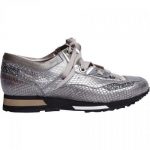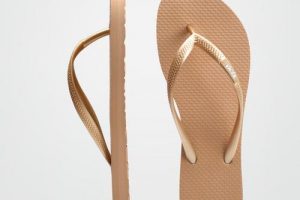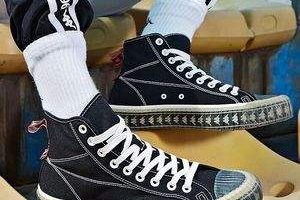Introduction
Germany, a country known for its precision engineering and meticulous attention to detail, has a rich and distinct shoe culture that reflects centuries of craftsmanship and a focus on both style and comfort. In this extensive article, we will embark on a journey through the history and inheritance of German shoes, delve into the contemporary styles and preferences favored by modern Germans, explore the unique choices of different generations – from the elderly to children and young adults, examine the presence of local and global shoe brands, scrutinize the sales trends of major shoe brands in Germany, and uncover the emerging trends in German footwear culture. Join us as we explore the intricate world of German shoe culture.
Tracing the Footsteps of History and Inheritance of German Shoes
German shoe culture is deeply rooted in history, marked by a commitment to quality craftsmanship and functionality.
Traditional German Clogs
German craftsmanship has a long history, with traditional wooden clogs being a staple of rural life. These sturdy shoes were designed for practicality and comfort.
Evolution of Craftsmanship
Germany’s commitment to craftsmanship evolved over the centuries, leading to the creation of high-quality leather footwear. The town of Pirmasens is celebrated as the center of German shoemaking.
Modern Preferences in German Shoe Culture
As Germany progressed, so did its approach to footwear, balancing tradition with modern tastes.
Quality and Durability
Modern Germans appreciate quality, durability, and functionality in their shoes. Sturdy, well-constructed leather boots and sneakers are popular for everyday wear.
Comfort and Health
Health-conscious Germans often prioritize comfortable footwear with good arch support. Orthopedic shoes are widely accepted, emphasizing well-being.
Generational Preferences in Shoes
German shoe culture is multifaceted, reflecting the unique preferences of different generations.
Elderly Population
The elderly in Germany prioritize comfort and health in their footwear. Orthopedic shoes and supportive sandals are commonly worn to ensure mobility and well-being.
Children’s Footwear
German children’s shoes combine practicality with style. Sturdy, comfortable shoes for school and play are highly sought after, emphasizing both safety and fashion.
Young Adults
Young Germans, like their counterparts worldwide, have a wide range of shoe preferences. Sneakers, boots, and stylish flats are popular choices, reflecting the country’s diverse fashion influences.
Local German Shoe Brands
Germany’s footwear industry is marked by local craftsmanship and globally renowned brands catering to various tastes.
German Craftsmen
Skilled German shoemakers create high-quality, handmade shoes, preserving traditional craftsmanship. Brands like Birkenstock and Haflinger are celebrated for their heritage and comfort.
Global Luxury Brands
Germany also hosts international luxury fashion brands like Hugo Boss and Adidas, which produce exquisite footwear to complement their collections, adding a touch of sophistication to German shoe culture.
Sales Trends in the German Shoe Market
The German shoe market is dynamic, marked by various trends catering to the diverse population.
Eco-Friendly Footwear
Sustainability is a growing trend in Germany, with consumers seeking eco-friendly and ethically produced shoes. Brands that emphasize environmentally responsible materials and production practices are gaining popularity.
Premium Quality
The German love for quality and precision is evident in the demand for premium and luxury footwear. High-quality brands continue to thrive, attracting customers with their superior craftsmanship.
Emerging Trends in German Shoes
German shoe culture continues to evolve, with several new trends shaping the industry.
Sustainable Fashion
Sustainability is a significant focus, with many Germans choosing environmentally friendly materials and production methods for their shoes.
Sneaker Culture
The influence of the global sneaker culture is growing in Germany. Sneakers have become a fashion statement, with limited editions and designer collaborations generating immense excitement.
Conclusion
German shoe culture is a harmonious blend of history, craftsmanship, and functionality. From the traditional wooden clogs of yesteryears to the enduring legacy of quality leather footwear, German footwear culture embodies precision and durability. The presence of both local craftsmanship and globally recognized luxury brands, the emphasis on comfort and well-being, and the growing popularity of sustainable footwear highlight the diversity of the German shoe market.
Understanding the intricacies of German shoe culture is not just an exploration of the past but also an appreciation of its ongoing influence on the global world of fashion. As Germany continues to set trends and define quality, its shoe culture remains a vital part of its cultural legacy, drawing inspiration from centuries of craftsmanship and functionality and evolving to cater to the diverse needs and preferences of its population, spanning generations and lifestyles.
















Add Comment